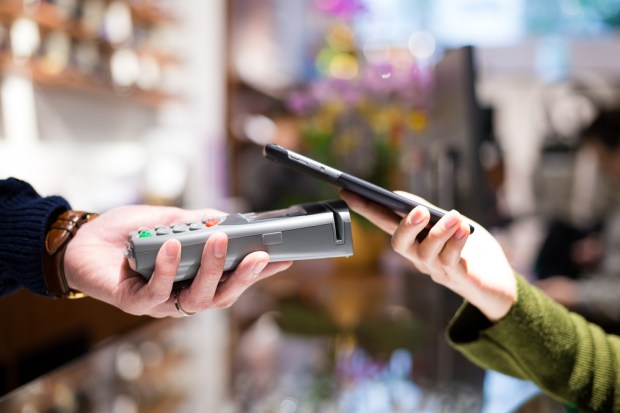How To Win The POS ‘Footrace’

A single POS platform to rule them all. That’s the POS footrace that’s underway today – a race that may be as grueling as running three Ultramarathons back to back. Henry Helgeson, co-founder and CEO of Cayan, tells Karen Webster why re-architecting payments isn’t just about payments but the whole gamut of activities that span on and offline transacting.
“This is going to be a footrace. The merchants who get there fastest are going to make more money and they’re going to be able to leverage that money in the forms of technology and expansion against the merchants who don’t.”
And, Henry Helgeson, Cayan’s CEO and co-founder, is pretty convinced that the finish line for many – a semi-integrated POS environment connecting all of the various payments and commerce options across a variety of channels – may not even be in sight.
Helgeson pointed out that the solutions many merchants have at their in-store checkouts today just aren’t doing the job they need it to.
In the early days of payments, he added, “hardware really did rule the world” – a focus that evolved to include a much stronger emphasis on the software that powers those devices, along with the features and capabilities it could enable.
And payments was pretty straightforward – one channel, offline, and a limited number of products that consumers were presenting.
But now with EMV and NFC, Helgeson has observed a shift in the balance of power within the ecosystem. No longer is it about just hardware or software, or even one single channel, but how software and the capabilities built into it are powering the robust and smarter terminals seen on merchants’ countertops today.
Helgeson says the industry is finally realizing the value of having traditional payments plus a variety of value-added applications running on the consumer-facing side of the point of sale – mobile payments, promotions, offers and the proffer of alternative tenders such as rewards points.
But getting all of that to that very important point of sale remains a major point of friction — something that Helgeson says “must happen for mobile payments to take off.”
Without that connectivity, he says, none of this matters.
He admits that it’s a complex and difficult task, especially as consumers flock to mobile devices and the lines between on and offline commerce blur considerably. Merchants and POS vendors are doing their best to keep up, but getting to that single platform that bridges the gap between online and the point of sale is easier said than done.
Traditionally, the point of sale has been considered the main source for inventory data, the nexus for how online and offline data comes together, Helgeson noted, adding that both inventory data and payments credentials are among the “primary things that need to be connected here for a consumer to checkout online and offline.” Critically as important as consumers use the same payments methods across channels.
Connecting those dots – the ones that truly make omnichannel a reality – remains aspirational for most merchants.
So, if this is a race, how must merchants take those first steps off the starting blocks?
According to Helgeson, there must be an entire revamping of the current merchant processes that happen in-store today.
“We’ve got to help merchants re-architect not only the payments side, but the whole interaction between offline and online to marry up payments, inventories, orders and consumers while also being able to track all of these things through a single platform,” Helgeson emphasized.
And rather than the long-standing focus on discounting products and changing economics for consumers in order to drive sales, Helgeson emphasized the attention that has to be placed on offering convenience.
Amazon and Uber have been able to dominate their respective sectors because of how easy they make it for the consumer to spend money, he said, which is why merchants are now understanding and wanting the same ability.
Being able to sell what’s in-store to consumers who are physically elsewhere is key, whether it’s a consumer shopping online across the country or a local shopper who prefers to come in and pick up their order.
“Lots of players want to own the whole stack – to be the eCommerce provider, the wallet, the POS services provider and the payments provider. Traditionally those [activities] have been done by entirely different companies. That made it challenging for the merchants to get everything they wanted” he stated.
Something that merchants hope awaits them at the finish line.
